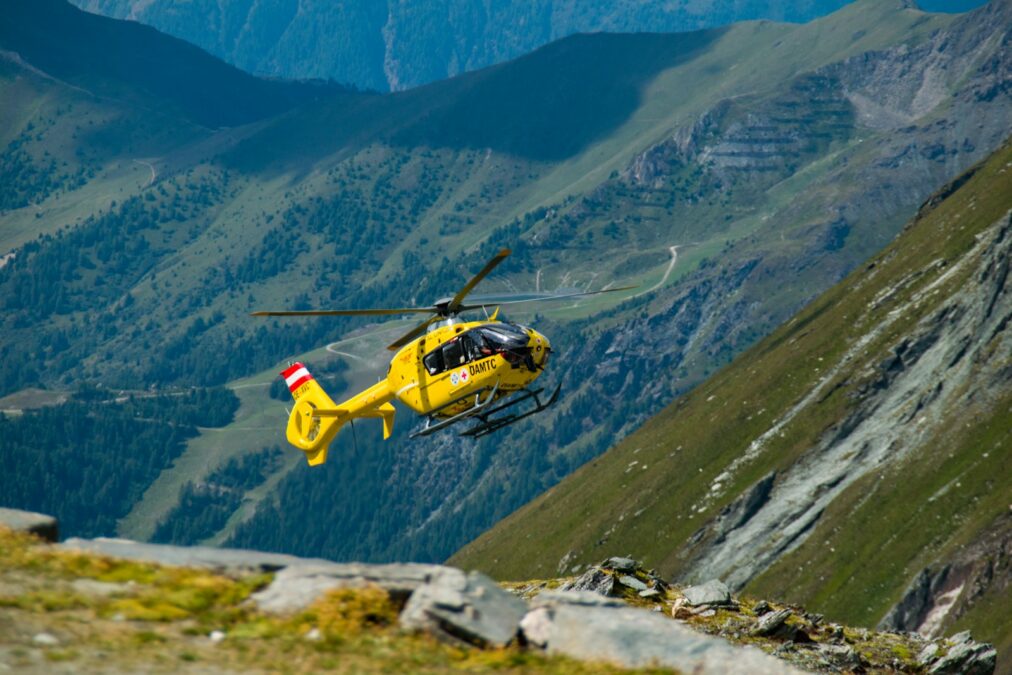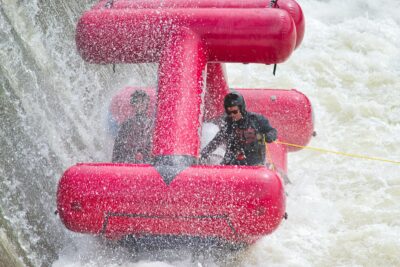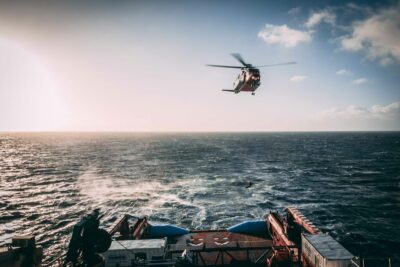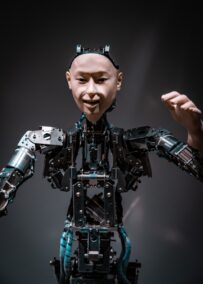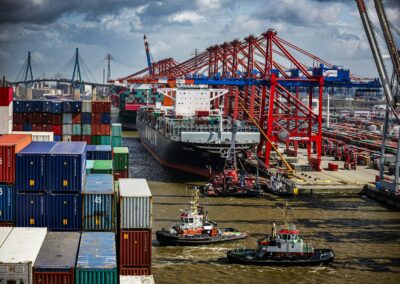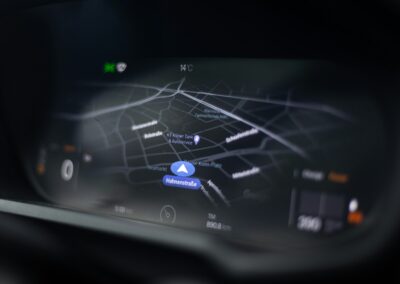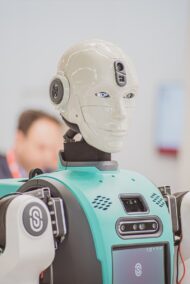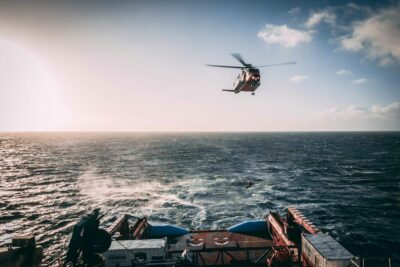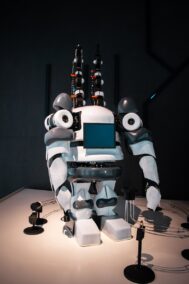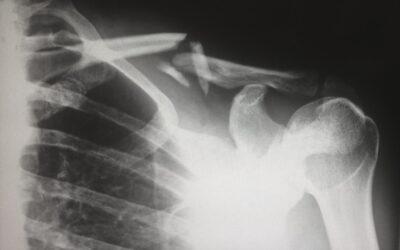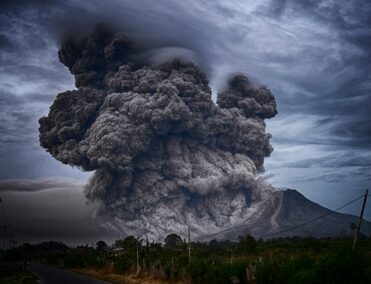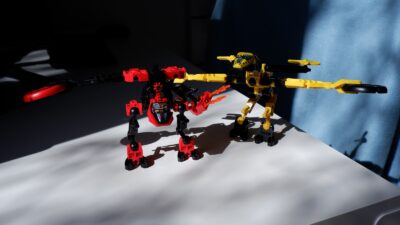Revolutionizing Disaster Response with Advanced Rescue Robots
Innovations in Advanced Rescue Robots
The future of disaster response is set to be transformed by advanced rescue robots. These sophisticated systems are designed to enhance the effectiveness and safety of search and rescue operations. In regions like Saudi Arabia and the UAE, where urban landscapes are continuously evolving, the adoption of cutting-edge technology in disaster management is imperative for ensuring public safety.
Advanced rescue robots are equipped with state-of-the-art sensors and Artificial Intelligence (AI) algorithms that allow them to navigate through complex and hazardous environments. These robots can detect signs of life, assess structural integrity, and provide real-time data to human rescuers. In cities such as Riyadh and Dubai, where high-rise buildings and dense infrastructure pose significant challenges during disasters, these robots play a crucial role in locating and rescuing trapped individuals.
The integration of robotics in search and rescue operations represents a significant leap forward in disaster management. AI-driven robots can process vast amounts of data quickly and accurately, making real-time decisions that enhance the efficiency of rescue missions. This capability not only reduces the risk to human rescuers but also increases the chances of saving lives in critical situations.
Artificial Intelligence and Robotics in Search and Rescue
Artificial Intelligence (AI) is at the heart of the functionality of advanced rescue robots. AI algorithms enable these robots to analyze environmental data, recognize patterns, and adapt to dynamic conditions on the ground. This advanced processing power is essential for navigating the unpredictable and often dangerous terrain of disaster sites.
In Dubai, for instance, rescue robots equipped with AI can swiftly assess the damage in collapsed structures, identify potential hazards, and locate survivors. This rapid assessment allows human teams to focus their efforts more effectively, thereby enhancing the overall efficiency of the rescue operation. Moreover, AI-driven robots can operate autonomously for extended periods, providing continuous support in prolonged disaster scenarios.
The collaboration between AI and robotics also facilitates better communication and coordination among various emergency response teams. Real-time data sharing and insights provided by these robots help create a more cohesive and informed response strategy. This collaborative approach is particularly valuable in large-scale disasters where multiple agencies and organizations must work together to manage the crisis.
The Role of Leadership and Management in Deploying Rescue Robots
Effective leadership and management are critical for the successful deployment of advanced rescue robots. Business executives and mid-level managers in Saudi Arabia and the UAE must champion the adoption of these technologies and oversee their integration into existing emergency response frameworks. Their vision and commitment to innovation drive progress in this field.
Leadership in this context involves strategic planning and resource allocation to support the acquisition and maintenance of rescue robots. Managers must ensure that personnel are adequately trained to operate these advanced machines and interpret the data they provide. In Riyadh and Dubai, where the urban landscape is continually evolving, strong leadership is essential to ensure that disaster management strategies keep pace with technological advancements.
Project management skills are equally important in the deployment of rescue robots. Project managers oversee the logistics of integrating these robots into disaster response plans, from initial deployment to routine maintenance. Their expertise ensures that the robots are always ready to be mobilized in the event of a disaster, thereby enhancing the overall preparedness and resilience of the community.
Future Prospects: Enhancing Search and Rescue with Advanced Robotics
The future of advanced rescue robots promises even greater capabilities in search and rescue operations. Innovations in AI and robotics are continually evolving, leading to the development of more sophisticated and reliable systems. These advancements will significantly improve the effectiveness and safety of search and rescue missions, particularly in challenging urban environments.
Future rescue robots will likely be equipped with enhanced sensors and AI algorithms that can provide even more accurate real-time data. These improvements will enable robots to detect and navigate through obstacles more effectively, identify survivors with greater precision, and communicate critical information to human rescuers. In cities like Riyadh and Dubai, these advancements will be instrumental in managing the complexities of modern urban disasters.
Moreover, the integration of other advanced technologies, such as the Internet of Things (IoT) and Blockchain, will further enhance the capabilities of rescue robots. IoT devices can provide additional data points that improve situational awareness, while Blockchain ensures the secure and transparent sharing of information among different stakeholders. This combination of technologies will create a more robust and reliable disaster management framework.
Conclusion: Embracing Advanced Rescue Robots for a Safer Future
The development and deployment of advanced rescue robots represent a significant step forward in disaster management. These robots, powered by cutting-edge AI and robotics technology, offer a safer and more efficient means of conducting search and rescue operations. The commitment of Saudi Arabia and the UAE to embracing these technologies underscores their dedication to public safety and innovation.
As we continue to advance in this field, the role of leadership and effective project management cannot be overstated. Business executives, mid-level managers, and project leaders must collaborate to ensure the successful implementation and maintenance of rescue robots. Their efforts will not only enhance public safety but also demonstrate the transformative power of modern technology in disaster management.
In conclusion, the future of disaster management is bright, with advanced rescue robots at the forefront of this evolution. By prioritizing innovation and collaboration, we can create a safer and more resilient world, where communities are well-prepared to face the challenges posed by natural disasters.
#AdvancedRescueRobots, #SearchAndRescueTechnology, #DisasterManagement, #ArtificialIntelligence, #Robotics, #BusinessSuccess, #LeadershipSkills, #ProjectManagement

